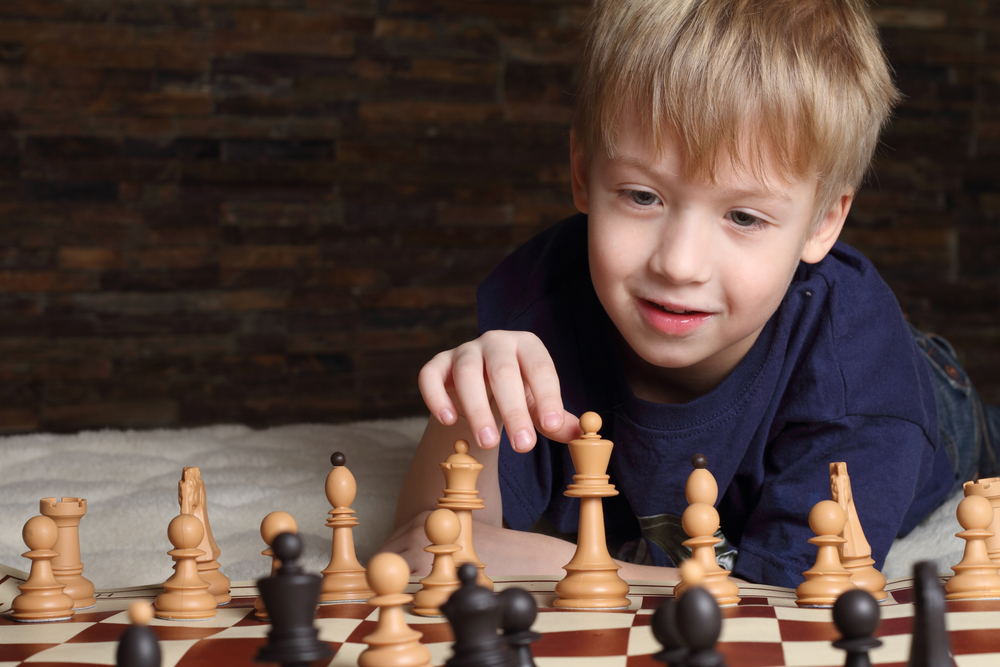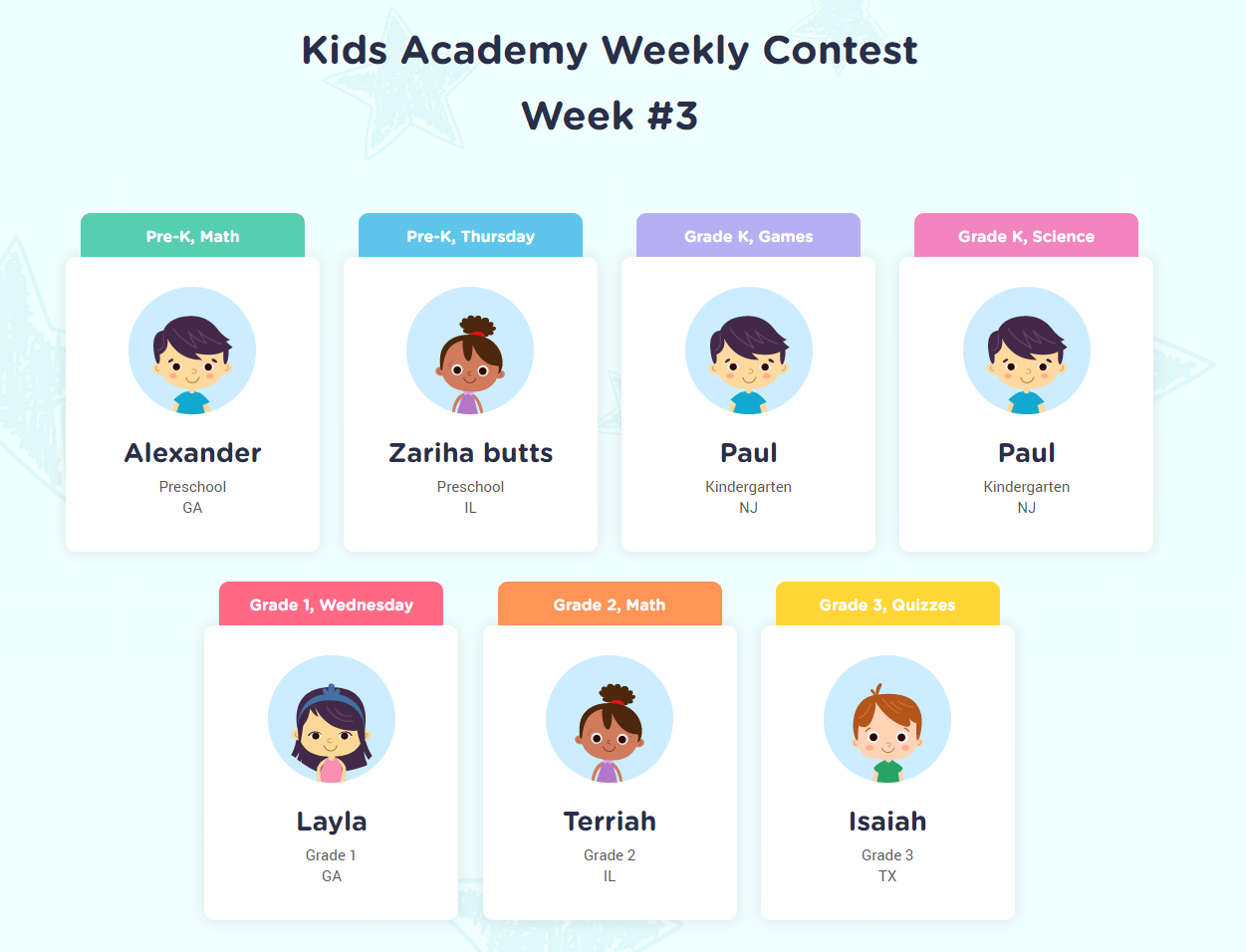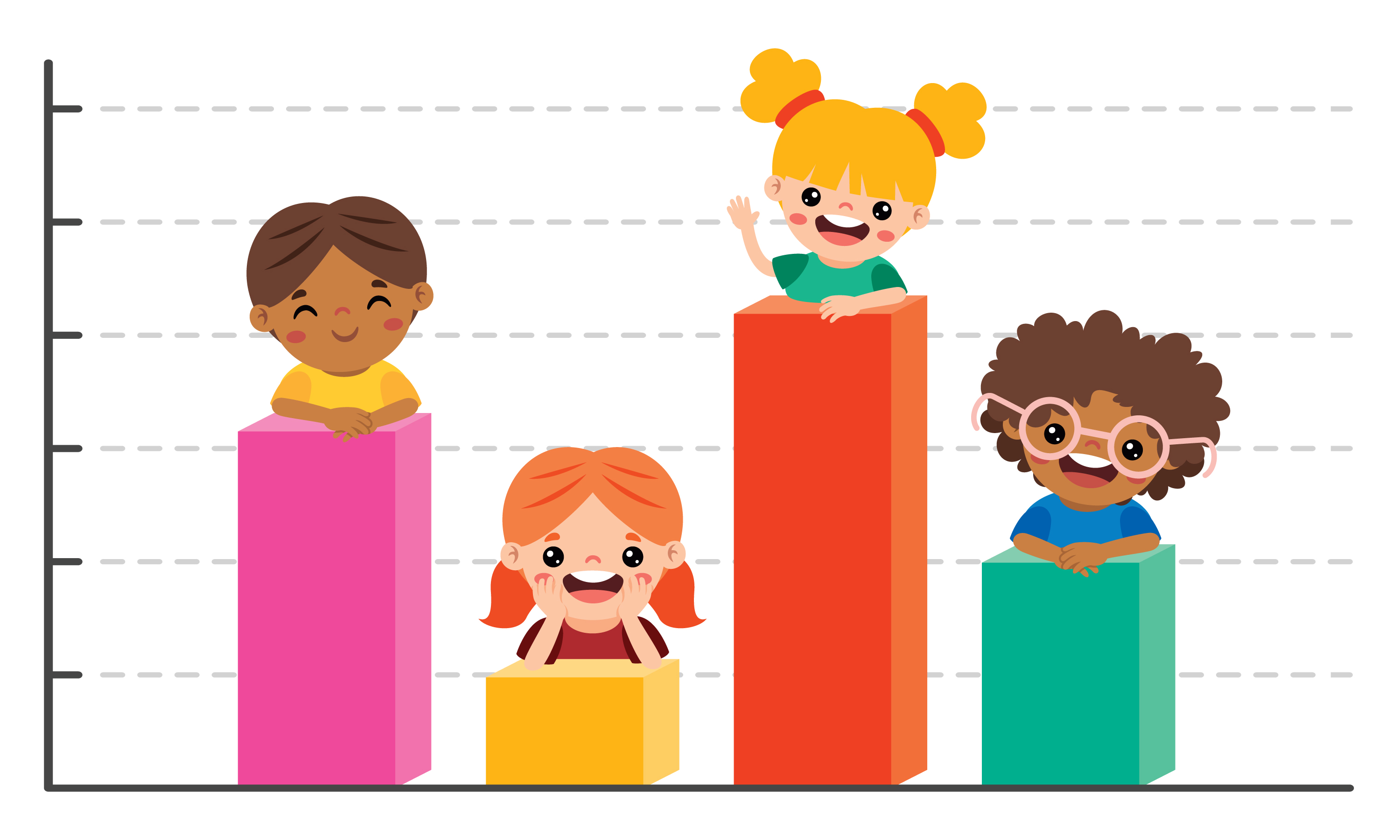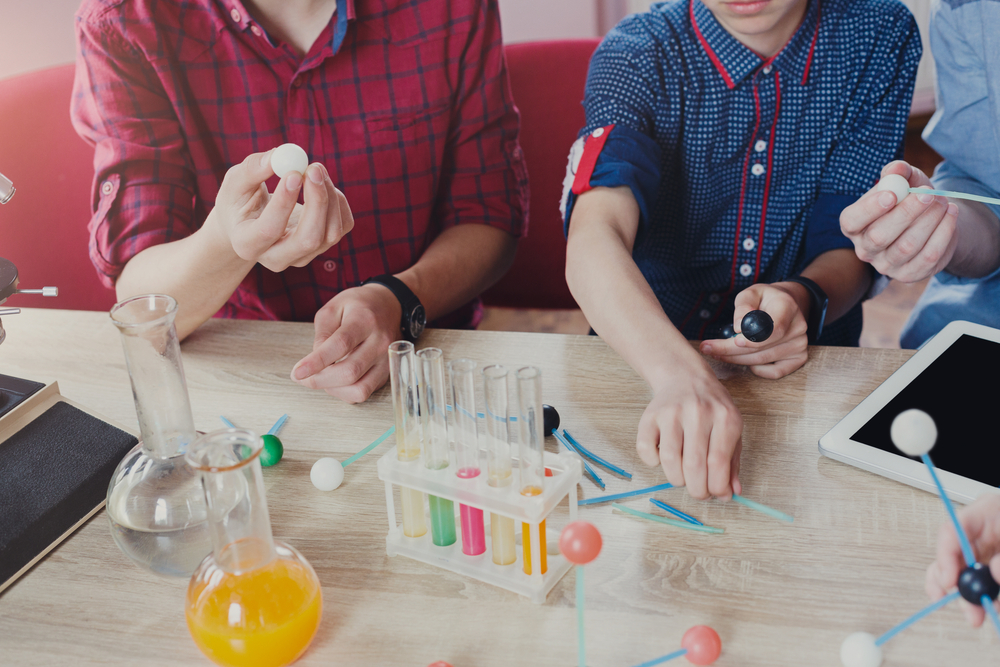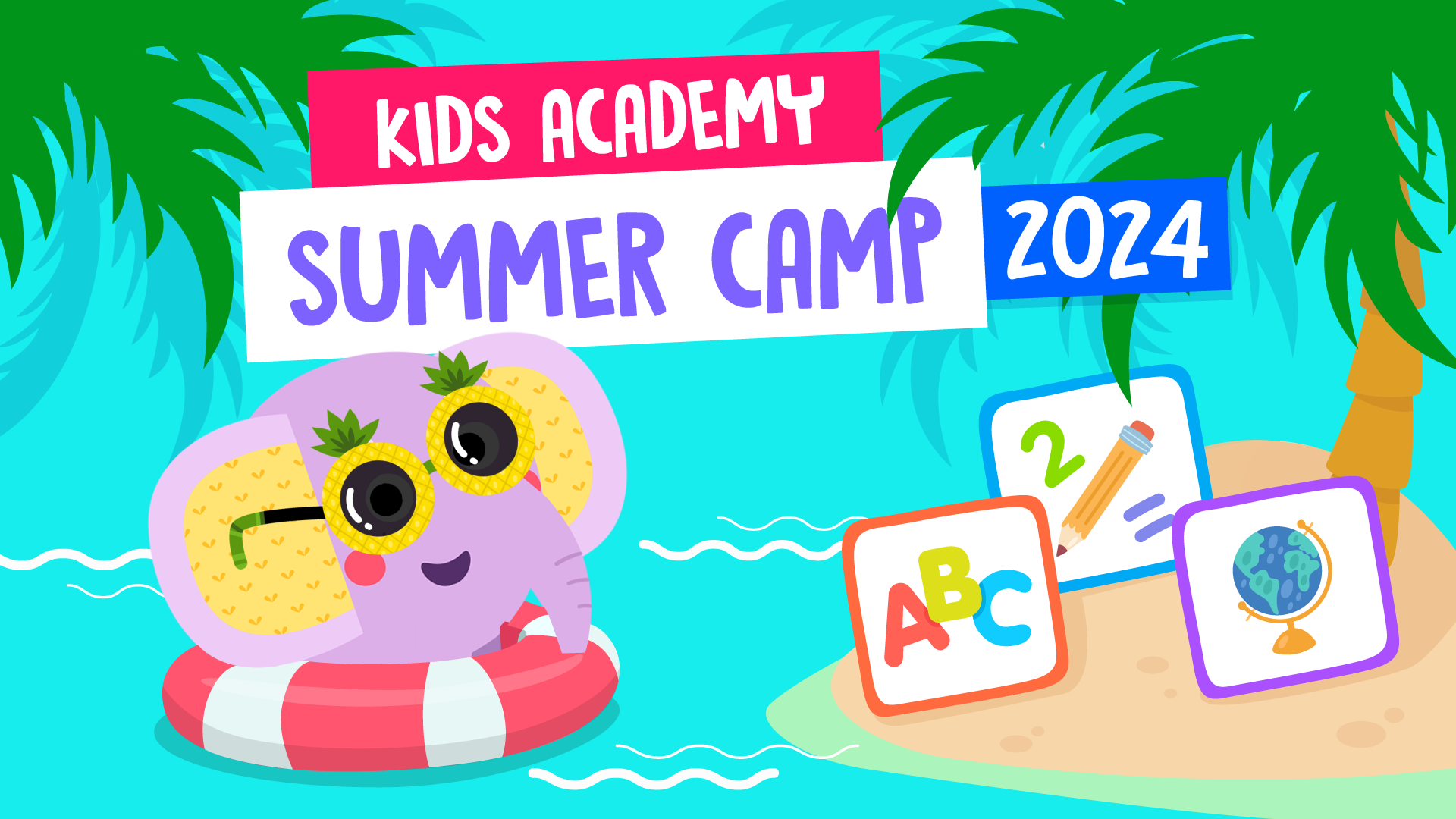Spatial awareness Normal Science Worksheets for Ages 6-9
6 filtered results
-
From - To
Elevate learning with our Spatial Awareness Science Worksheets for ages 6-9! These expertly crafted activities are designed to enhance young minds by boosting their understanding of spatial relationships, geometry, and problem-solving skills. Tailored to meet educational standards, each worksheet helps children visualize and interact with their environment through engaging exercises. Perfect for classroom or home use, our worksheets provide a foundation for success in science and math, fostering critical thinking and cognitive development. Make learning an adventure with Kids Academy—where education meets fun and creativity!
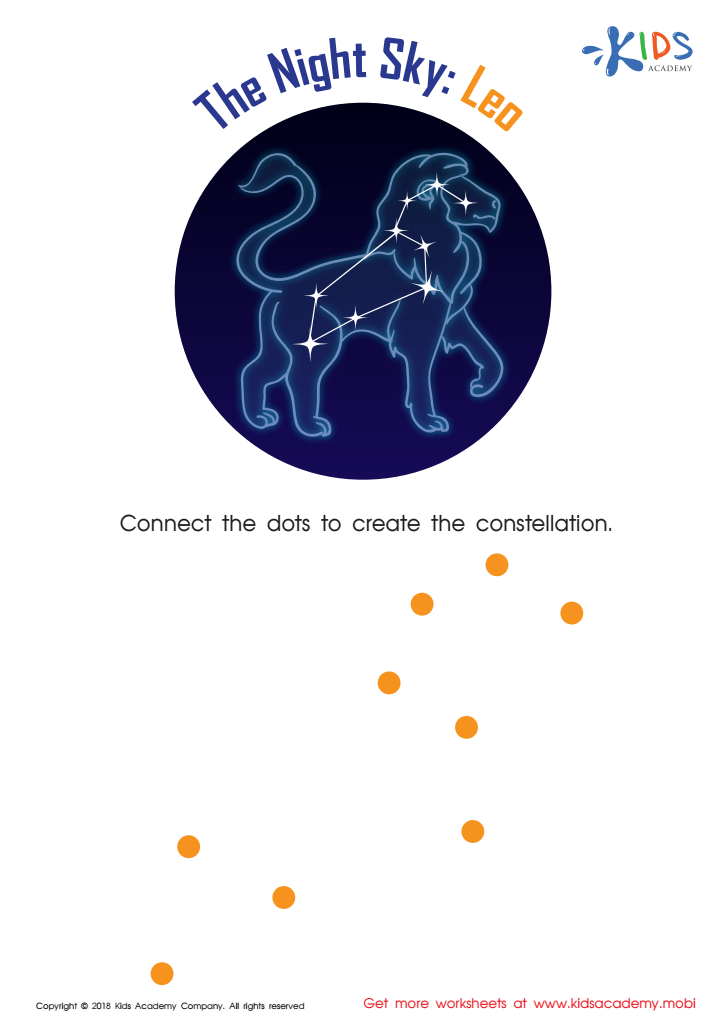

The Night Sky: Leo Worksheet
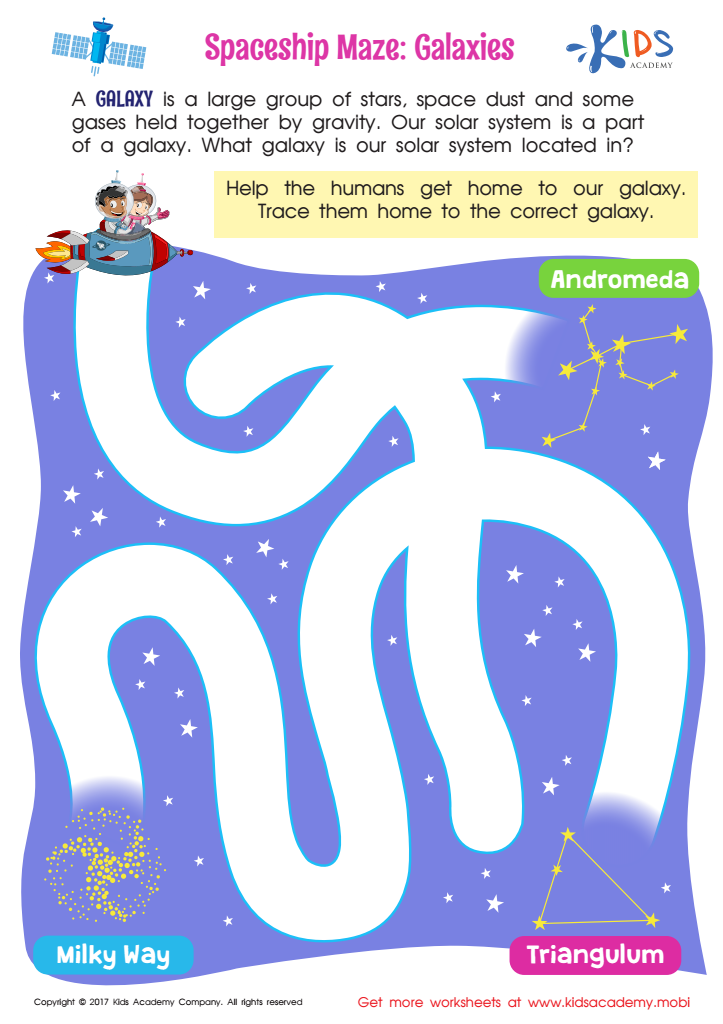

Spaceship Maze: Galaxies Worksheet
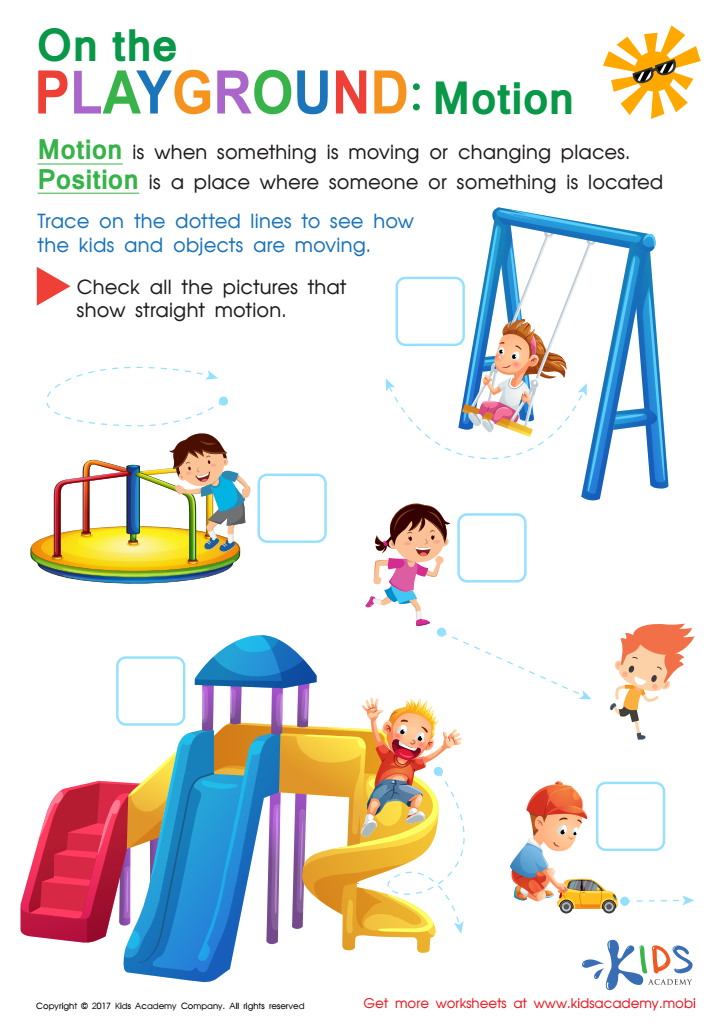

Position and Motion Worksheet
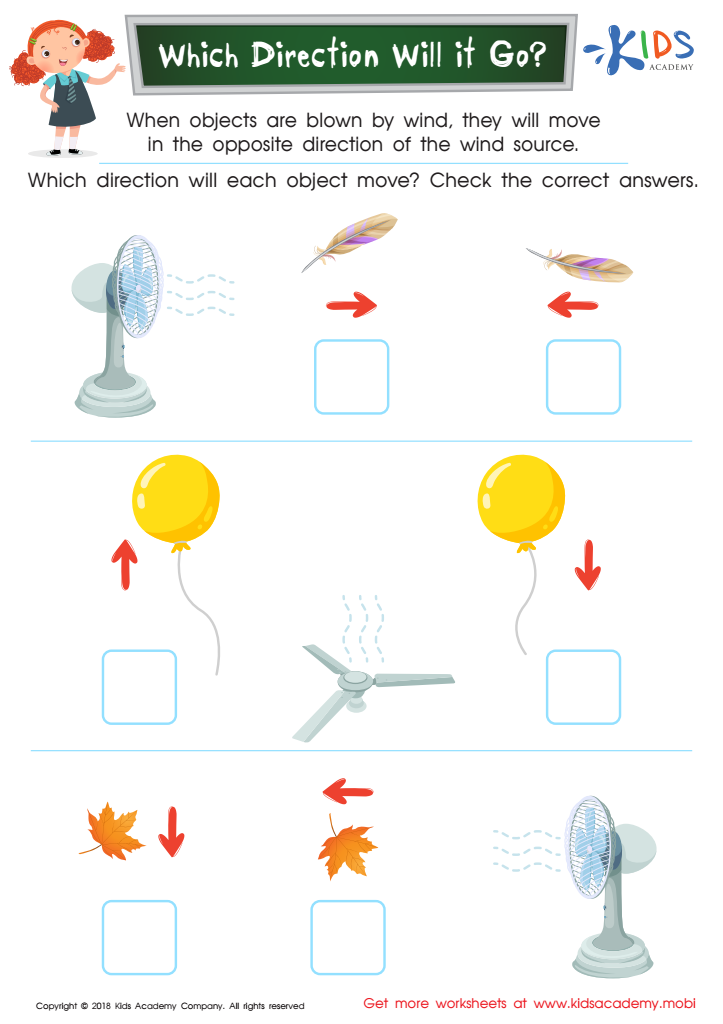

Which Direction Will it Go? Worksheet
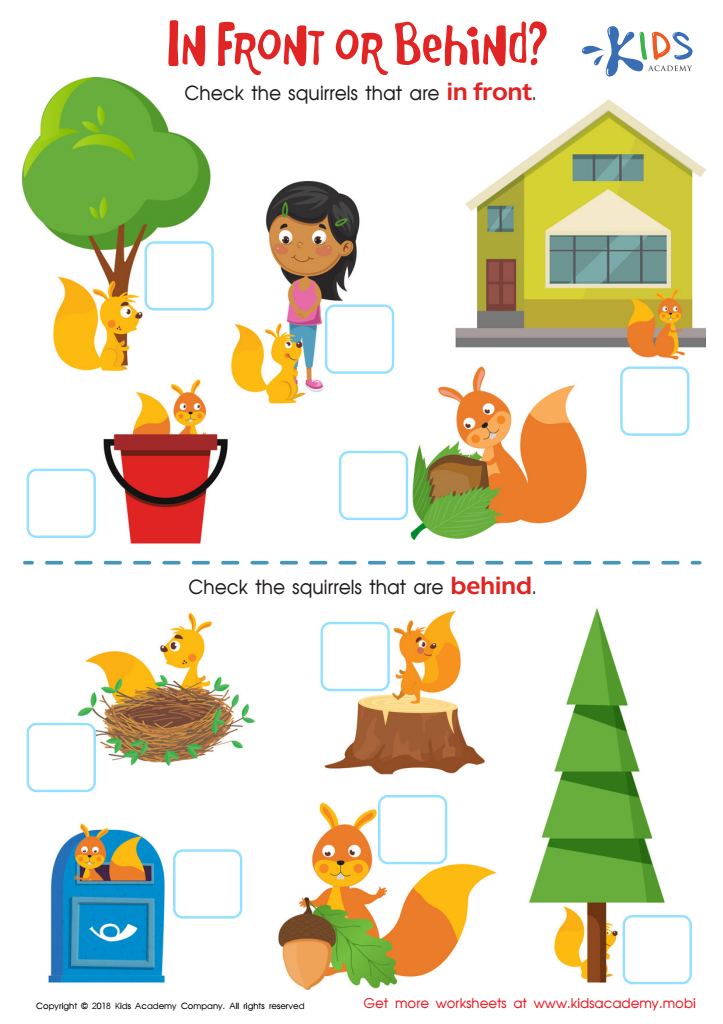

In Front or Behind: Part 2 Worksheet
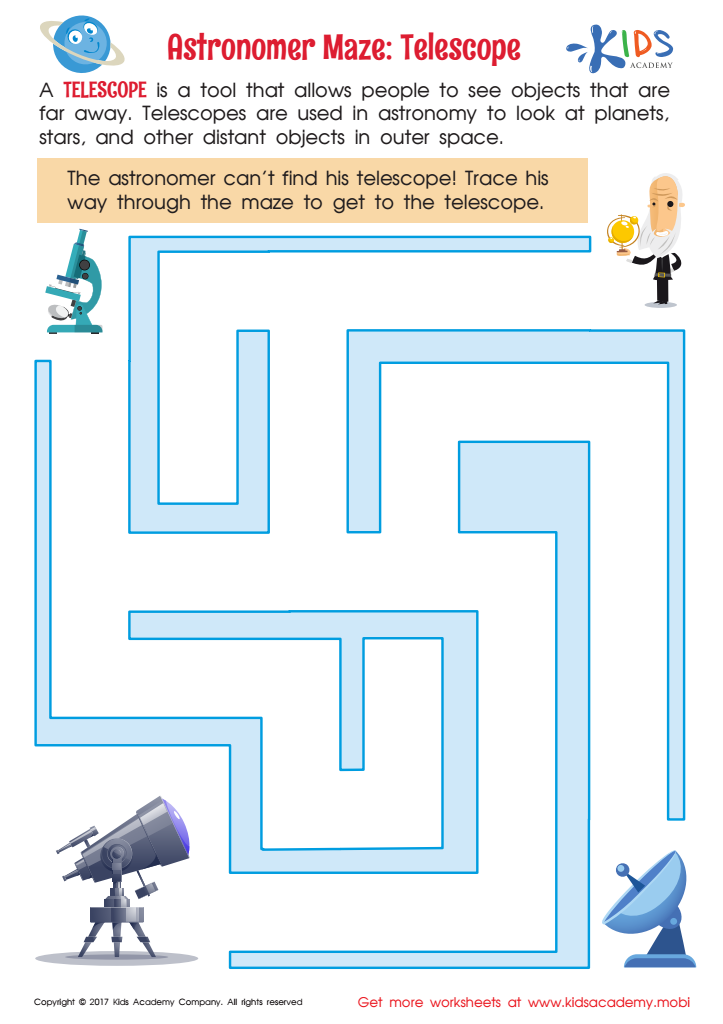

Astronomer Maze: Telescope Worksheet
Spatial awareness is crucial for children's overall development and plays a significant role in their early education, particularly for ages 6-9. Parents and teachers should prioritize it for several compelling reasons. Spatial awareness helps children understand their physical relationship to objects and spaces around them. This is fundamental not only for navigating the world safely but also for performing everyday tasks like tying shoes, playing sports, and riding a bicycle.
In an educational context, strong spatial skills are closely linked to success in STEM (Science, Technology, Engineering, and Math) subjects. Understanding concepts in geometry, reading maps, or appreciating the dimensions and transformations of shapes all require good spatial reasoning. Furthermore, spatial skills improve problem-solving abilities. When children can mentally visualize and manipulate objects, they are often better at figuring out puzzles and building things, which fosters creativity and critical thinking.
Additionally, spatial awareness supports reading and writing. Recognizing the orientation of letters, writing neatly, and spacing words appropriately are all spatial tasks. Developing these skills can help prevent or alleviate difficulties related to dyslexia and similar learning challenges.
Therefore, integrating spatial awareness activities into daily routines can create engaging and multifaceted learning experiences, laying a strong foundation for both academic and personal growth. Activities like puzzles, building blocks, drawing, and interactive apps can make this learning both accessible and enjoyable.
 Assign to My Students
Assign to My Students





